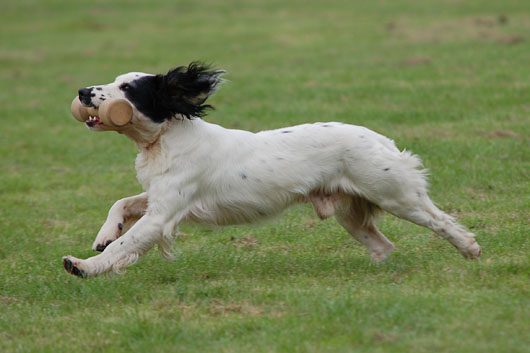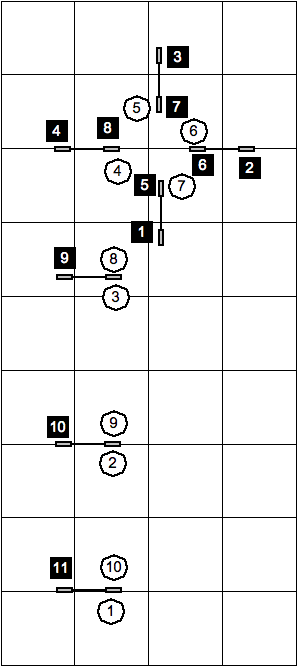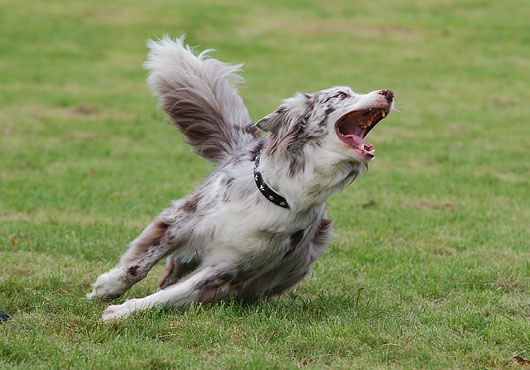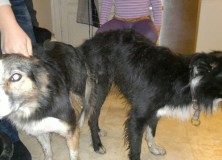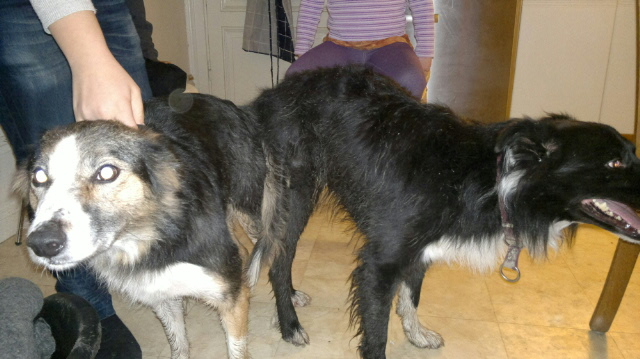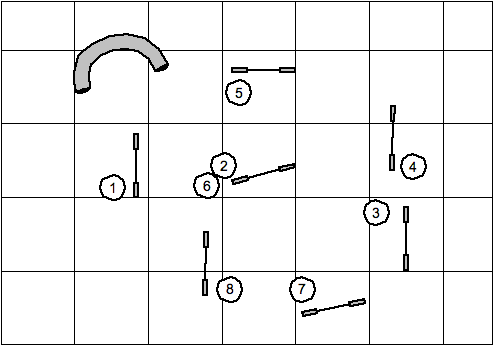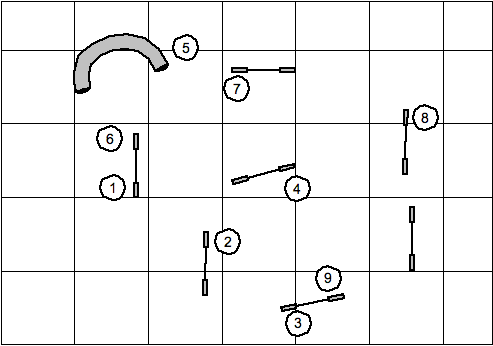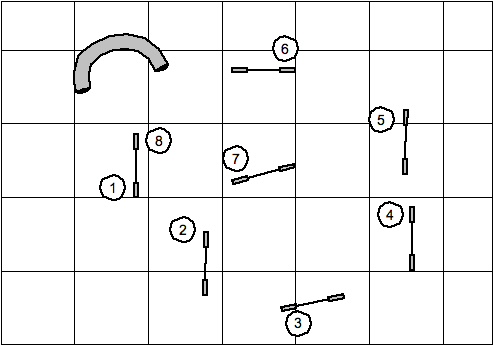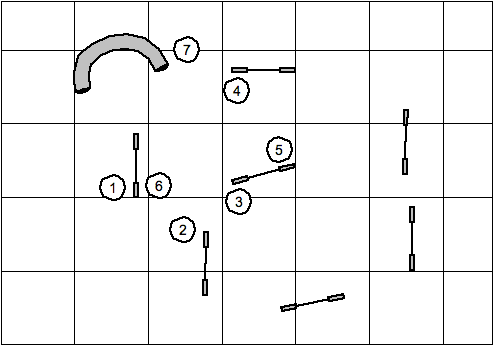
20 – Smart enough to know the difference?
This post is a bit connected to yesterday’s post about innate behavior. I said that if you don’t want a behavior in training, don’t allow it to be rehearsed in other places in your life. It could be that your obedience dog is making a lot of noise when waiting to get of of the front door, or that your dog is running around on his own with toys between repetitions in training, or that you’re rewarding a lot of blind crosses in freestyle, but don’t want them for agility. I’m not saying that these things have to be a problem. I know a lot of dogs that run around with their toys a lot, but still have a great retrieve. And I know a lot of dogs that make noise in some situations in life but never in obedience. You don’t need to create problems that aren’t there. But if you are having a problem with a behavior that seems hard to solve, it could be a great idea to look at what happens 24/7 with your dog. And with a puppy, you really don’t know what will become a problem, so I won’t allow my puppies to rehearse behaviors I don’t want to see (flanking me, eyeing rewards or equipment, blind crossing me, running with toys on their own in training etc.). I will rather build value for the behaviors I want in as many situations as possible.
I do have some problems with obedience behaviors that are contradicting what I’m trying to teach my agility dogs. In agility, I want the dog to come straight to the front of me if I’m facing the dog. In obedience, I want the dog to aim for my left side and go deep before turning around (all you guys doing front and finish for obedience have an advantage here 😉 ). This might sound like a small thing and people usually say “don’t you think dogs are smart enough to know the difference?”. I totally believe that dogs are smart enough to be able to tell the difference between different situations. It’s just that it takes a lot more training. And if I want the dog to make out the difference between agility and everything else, I will need to do a lot more training on equipment. I like to train my agility dogs a lot without equipment. It’s both easier (can be done anywhere, any time) and is more healthy for my dogs. Since I try to make agility handling rules part of our every day interaction, I don’t have to do a lot of training on jumps. If I reinforced a lot of contradicting behaviors in every day life and in training without agility equipment, I would have to spend a lot more time on the agility field. It’s of course possible, but I wouldn’t do it just because I’m to lazy to think about what my dogs are doing when we interact outside of agility.
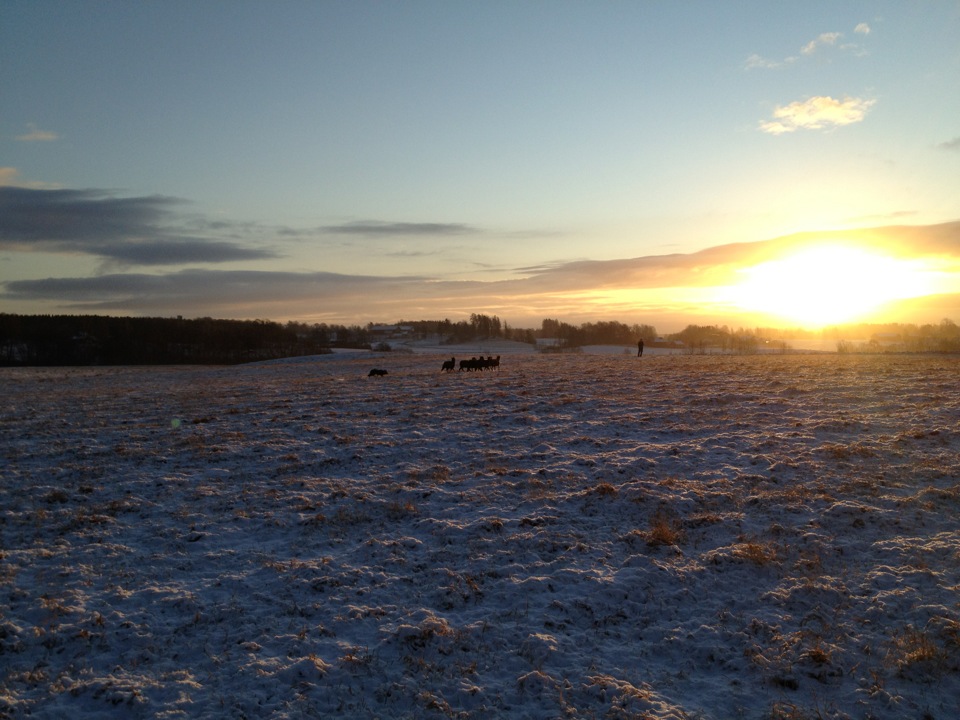
We had a wonderful time herding this morning. A thin layer of snow and the rising sun. To my great relief, all the “naughty” behaviors we want in herding (stalking, flanking, blind crossing etc.) does not seem to affect other areas of our life and training with the dogs.



